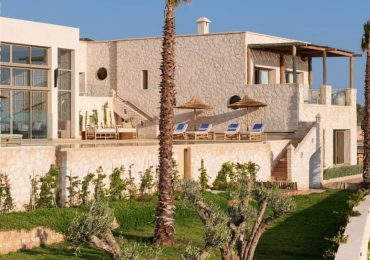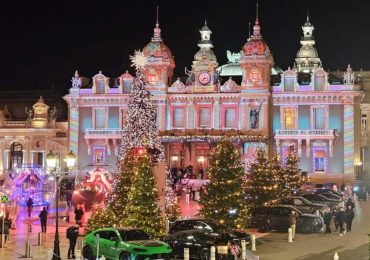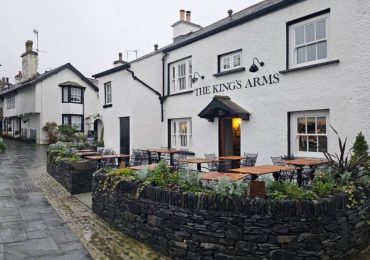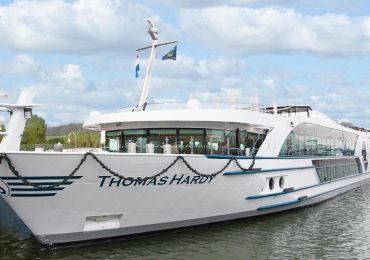Lisbon, Portugal’s capital city, has many faces. Rebuilt after the earthquake and tsunami of 1755, much of that historic era of reconstruction remains. Today, Lisbon continues to expand along the banks of the River Tagus, towards the Costa Caparica heading for the Atlantic.

Although Lisbon is one of Europe’s smaller cities, visitors still need to make use of a variety of forms of transport to see the best of the city: buses, funicular railways, metro, trams and rail.
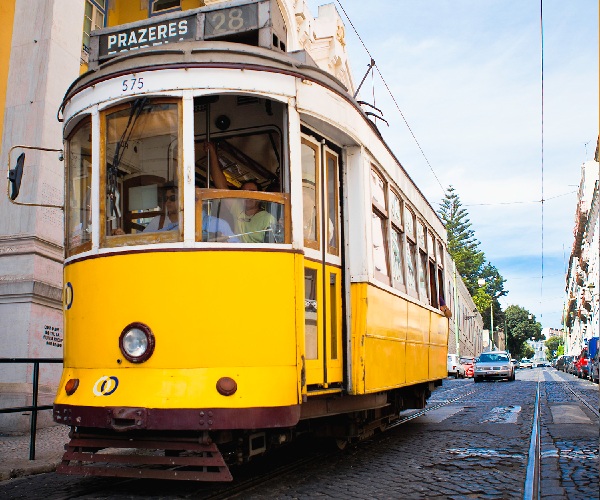
A Lisboa Card is an easy and economical way of travelling round the city.
1. River Tagus
As this wide river, flowing into the Atlantic, was the source of Lisbon’s wealth from fishing and trade it makes sense to begin with a stroll along the bank of the Tagus.
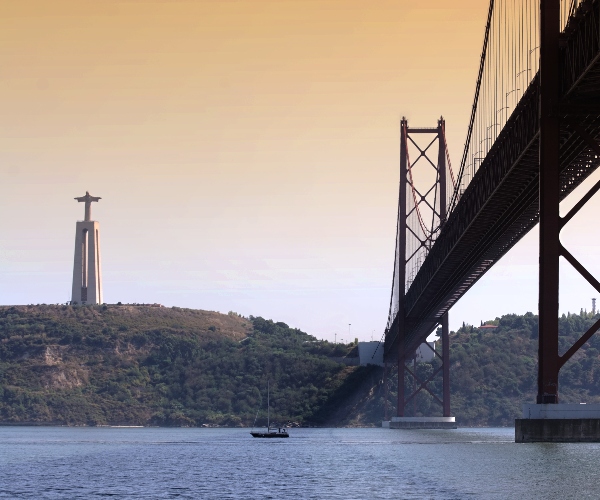
Numerous bars, cafes and restaurant provide resting places to take a break and watch the river traffic.
2. Lisbon Heritage Hotels
As Janelas Verdes is an 18th century townhouse and was once the home of famous writer Eça de Queiróz. It is one of five Lisbon Heritage Hotels. This 29 bedroom boutique hotel is located between the chic neighbourhood of Lapa and the design district of Santos, giving spectacular views over the River Tagus.
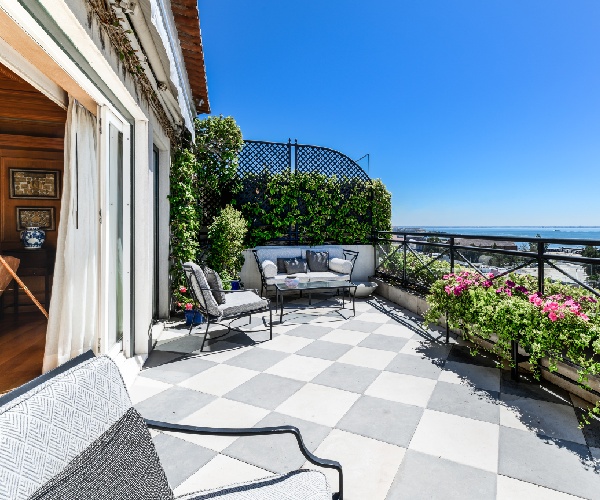
The hotel is located on Rua das Janelas Verdes, a characteristic street of Lisbon, a place with antique palaces, churches and convents converted today.
3. Historic districts
Alfama and Bairro Alto are two historic areas, both clinging to the sides of the steep hillside rising from the river. They both epitomise Old Lisbon. Walking tours are the best way to learn the secrets of these two charming neighbourhoods.
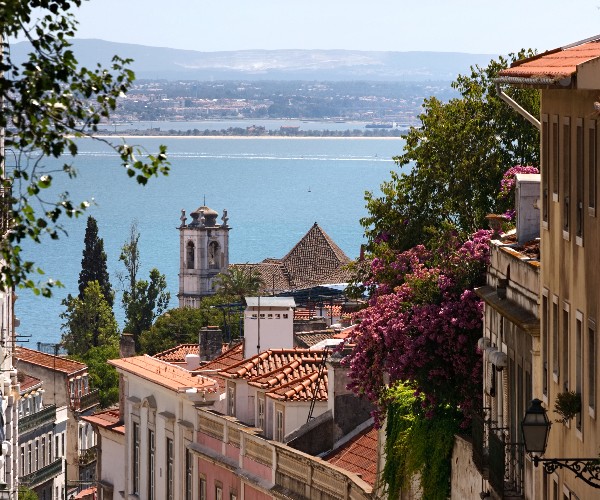
Cobbled twisting narrow seats almost pedestrianise these two regions of Lisbon, cars are rare. Cafes and restaurants spill over onto the cobbles.
4. Museums
Lisbon displays a wealth of art in its numerous museums, from a museum of antiquities through to the museum focusing on contemporary art.
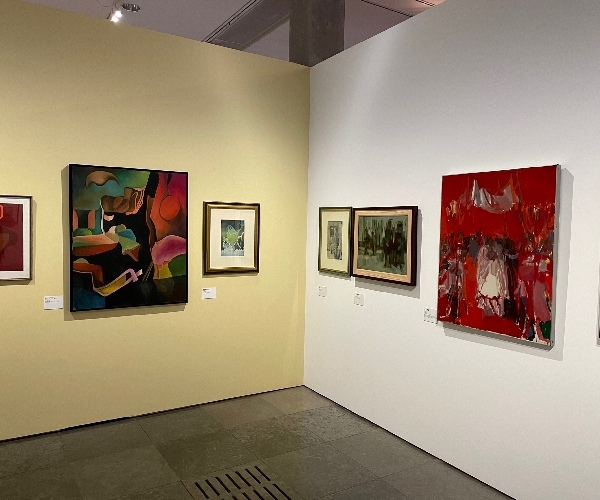
Undoubtedly, the Museum of Art, Architecture and Technology (MAAT) at Belem has the most spectacular construction. Sinuous white curves arise from the river bank to cradle its contemporary exhibits.
5. Belem
Taking the train from the Cais do Sodre station not only takes travellers to MAAT, Belem is also the rail station for the Monument to the Discoverers. It is a favourite escape from the city at weekends for Lisbon folk. Bikers, walkers and skateboarders can take in views of the 25th April Bridge, that celebrates the revolution that overthrow dictatorship in 1976.

They can also look across the river to the towering monument to Christ. Belem celebrates Portugal’s golden age of exploration. In the 15th and 16th centuries, Portuguese caravels sailed east, west, north and south. A globe, represented in the floor tiles, records the historic voyages of these brave explorers at a time when many still believed that the world was flat.
6. The Jerónimos Monastery
Walking away from the River Tagus and crossing the road, The Jerónimos Monastery is another of Belem’s sights to see. Its spectacular Late Gothic Manueline architecture encouraged UNESCO to award World Heritage Site status.
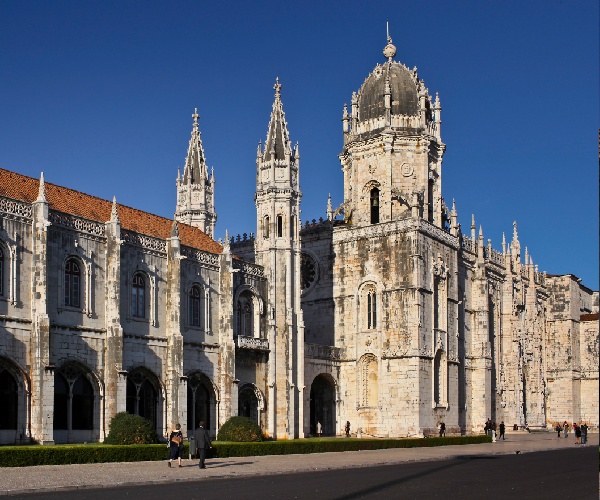
The Monastery replaced a dilapidated church where monks had provided assistance to travelling seafarers.
7. Costa Caparica
Get back on the train at Belem and head west for a few stops. One option is to alight at Estoril, a well-to-do seaside resort that hosts both a casino and a grand prix.
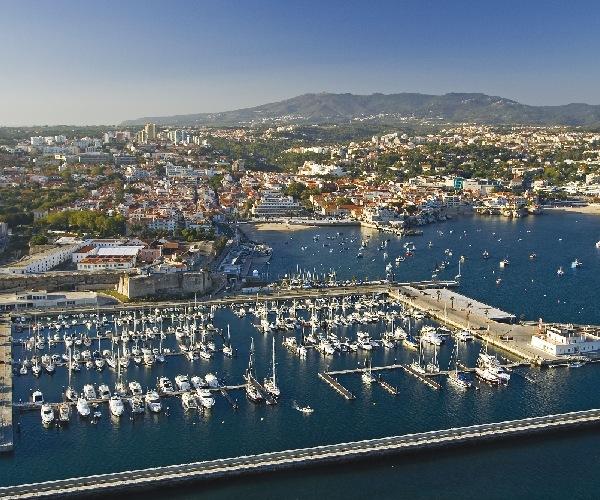
It is only a 40-minute stroll, west along the promenade, to another stylish resort. Cascais has a beach, harbour, numerous restaurants and a fascinating lighthouse museum.
8. Fado
Late at night, throughout Lisbon, the lights are dimmed and it is time for fado. The fadistas sing of times of trouble and woe. Fado is Portugal’s take on the blues, the songs for when people have had a hard day, a hard life.
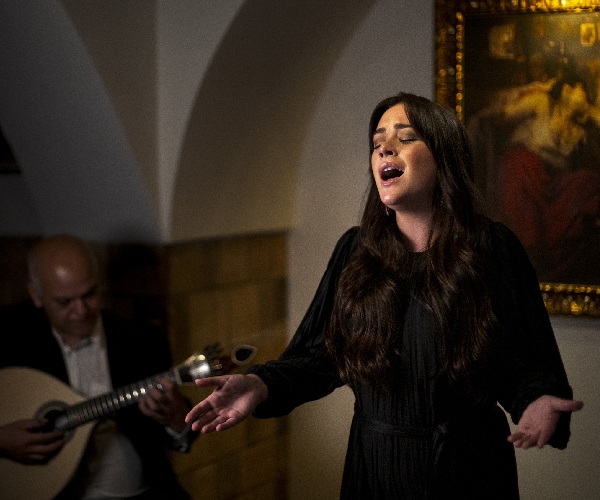
At Ofai, a fado restaurant in Bairro Alto, sad songs have been sung since the restaurant opened in 1947. Usually there are three sets, where acoustic guitarists accompany the singers, whilst fado is sung.
9. Lisboa Social Press
Lisboa Social Press is run by Tom and Jilly, two English artists now working from their Lisbon studio. They offer regular workshops where visitors can drop into develop their creativity and artistic skills.
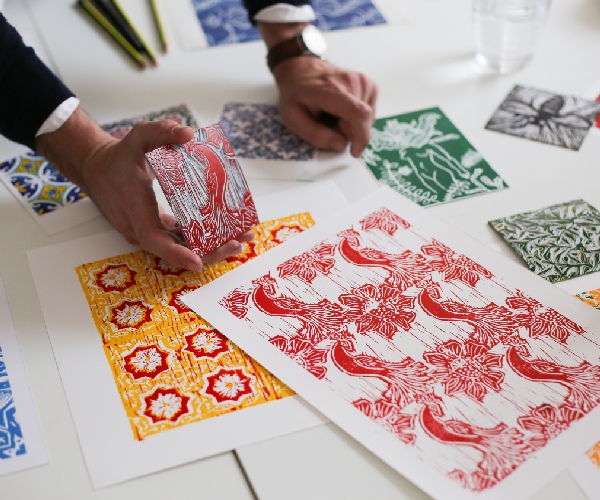
One workshop shows guests how to develop lino-cuts, in the tradition of the Azulejo tiles, to print onto cards and postcards.

